Can You Smile in a Passport Photo? All You Need to Know

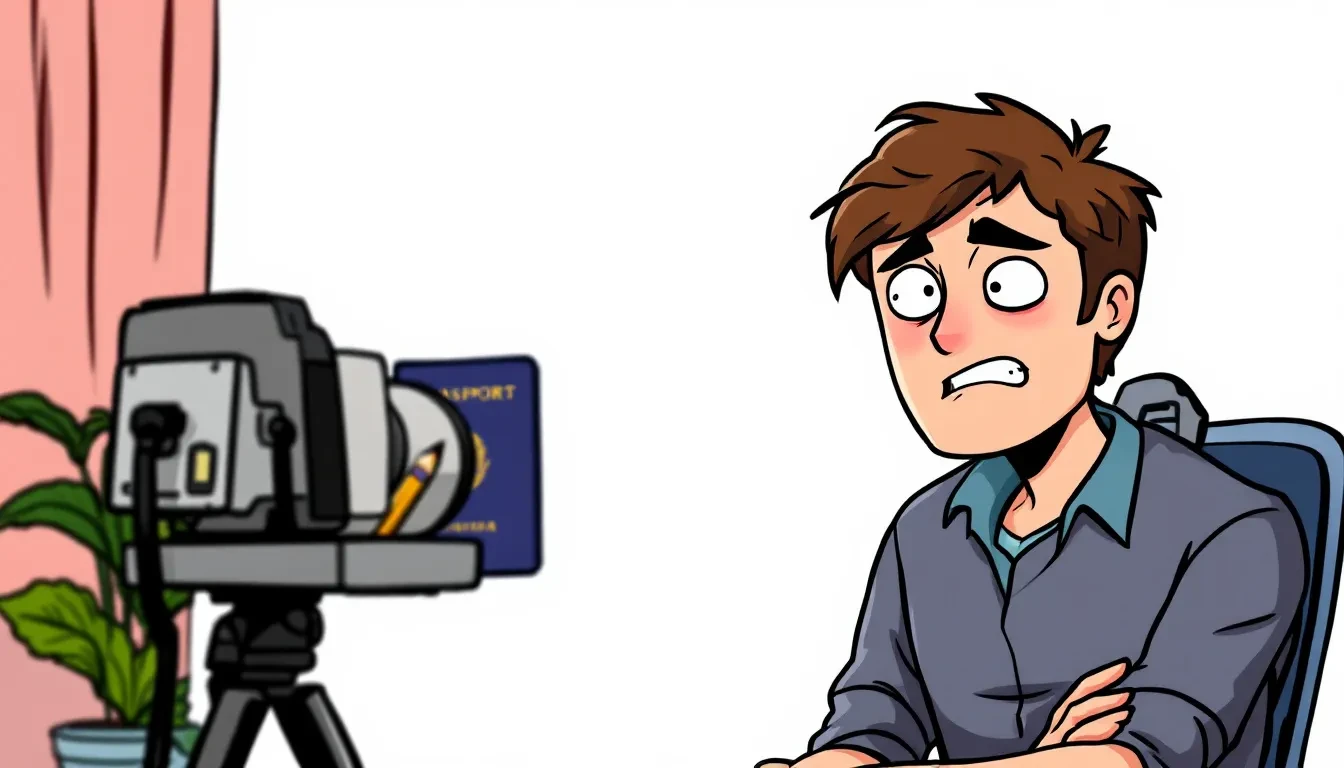
Key Takeaways
You can smile in your passport photo, but keep your mouth closed to maintain a neutral expression.
Neutral expressions are crucial for facial recognition technology to accurately identify you, so follow the guidelines to avoid rejections.
Make sure your passport photo meets specific requirements like clear lighting and a plain background to prevent unnecessary delays in your application.
Smiling in Passport Photos: What's Allowed?
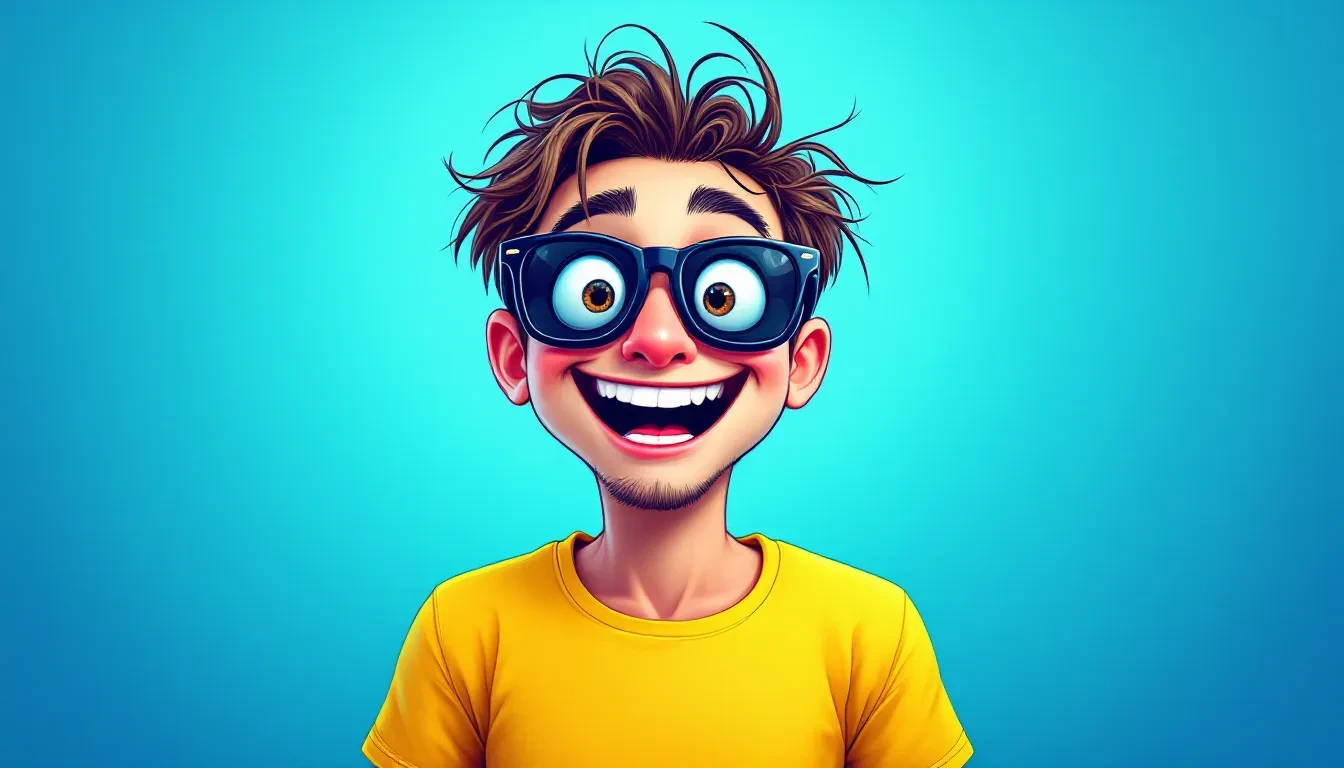
Firstly, can you smile in your passport photo? Yes, but with some caveats. While smiling is allowed, the passport agency insists that your mouth must remain closed. This means you can have a gentle smile without showing teeth, which helps maintain the overall neutral expression required.
The guidelines for passport photos are quite specific. You need a neutral facial expression with your eyes open and mouth closed. This ensures your passport pictures meet the strict acceptance criteria, reducing the risk of retaking your photo and resubmitting your application. A gentle smile is permissible as long as it doesn’t distort your facial features.
Adhering to these guidelines speeds up the processing of your new passport and saves you from potential rejections. When in front of the camera, keep it calm and simple - a slight, closed-mouth smile will do the trick.
Why Neutral Expressions Are Important
Why the emphasis on neutral facial expressions? The answer lies in technology. Facial recognition systems require neutral expressions to accurately identify individuals. A neutral expression minimizes distortion and ensures consistent measurement of facial features, making it easier for the system to recognize you.
Since around 2004, the influence of facial recognition technology on passport photo rules has grown significantly. This technology relies on clear, undistorted images to match your photo with your real-life appearance accurately. Therefore, it’s not just about following rules but also ensuring your travel documents work seamlessly at passport control points.
Many countries have specific requirements that include visible ears, open eyes, and no visible teeth. These strict guidelines ensure clarity in biometric scanning, crucial for international travel security. Remember, a neutral expression helps keep you identifiable and secure.
The Impact of Smiling on Passport Photo Acceptance
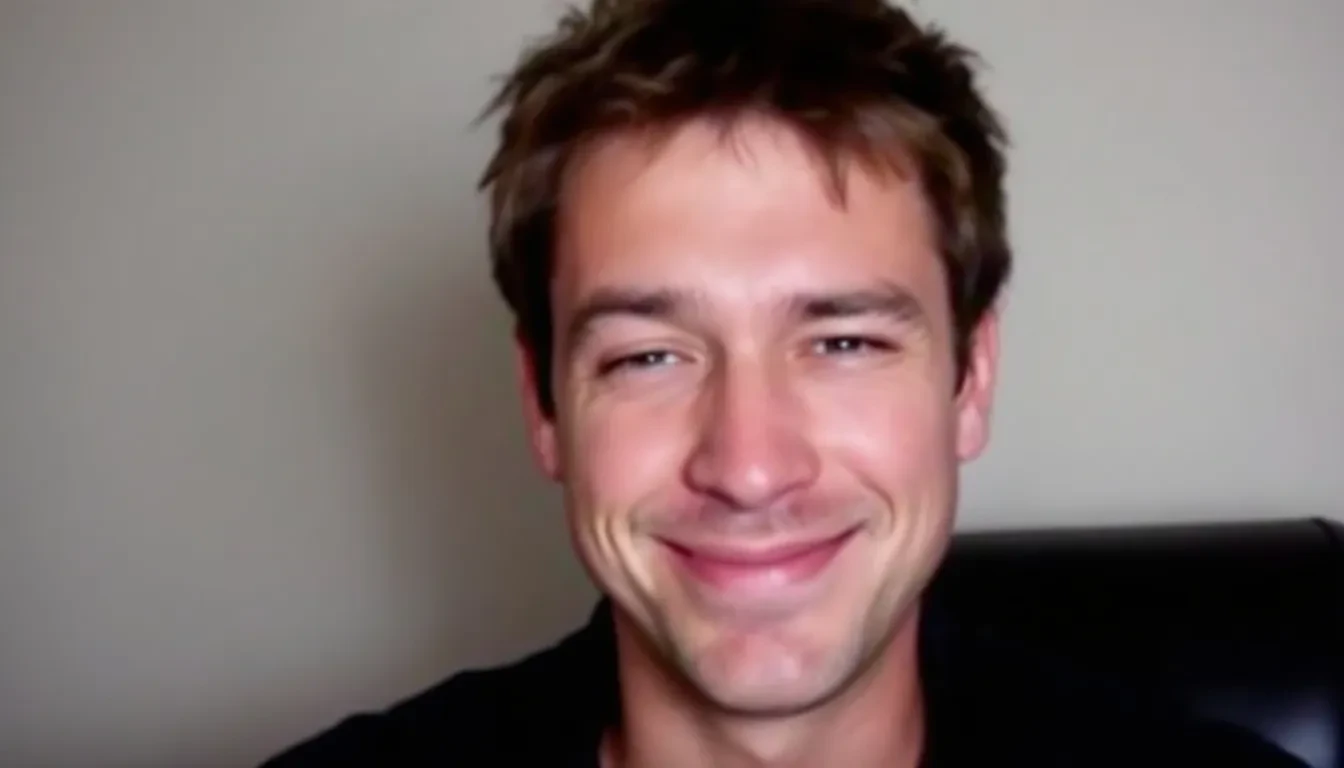
While a slight smile is allowed, showing teeth is a big no-no in passport photos. Smiling too much can distort your facial proportions, making it difficult for facial recognition software to measure key features accurately. This can lead to your photo being rejected by the passport agency.
Imagine submitting your passport application only to have it delayed because your photo was rejected for showing teeth. This causes frustration and means you have to go through the hassle of taking a new photo and resubmitting it. The passport agency’s strict adherence to these guidelines ensures your passport photo matches you in real life, preventing issues at passport control.
Common reasons for photo rejection include improper facial expressions, incorrect lighting, or background issues. Ensure your photo adheres to all guidelines to avoid unnecessary delays and complications.
Examples of Acceptable Passport Photos
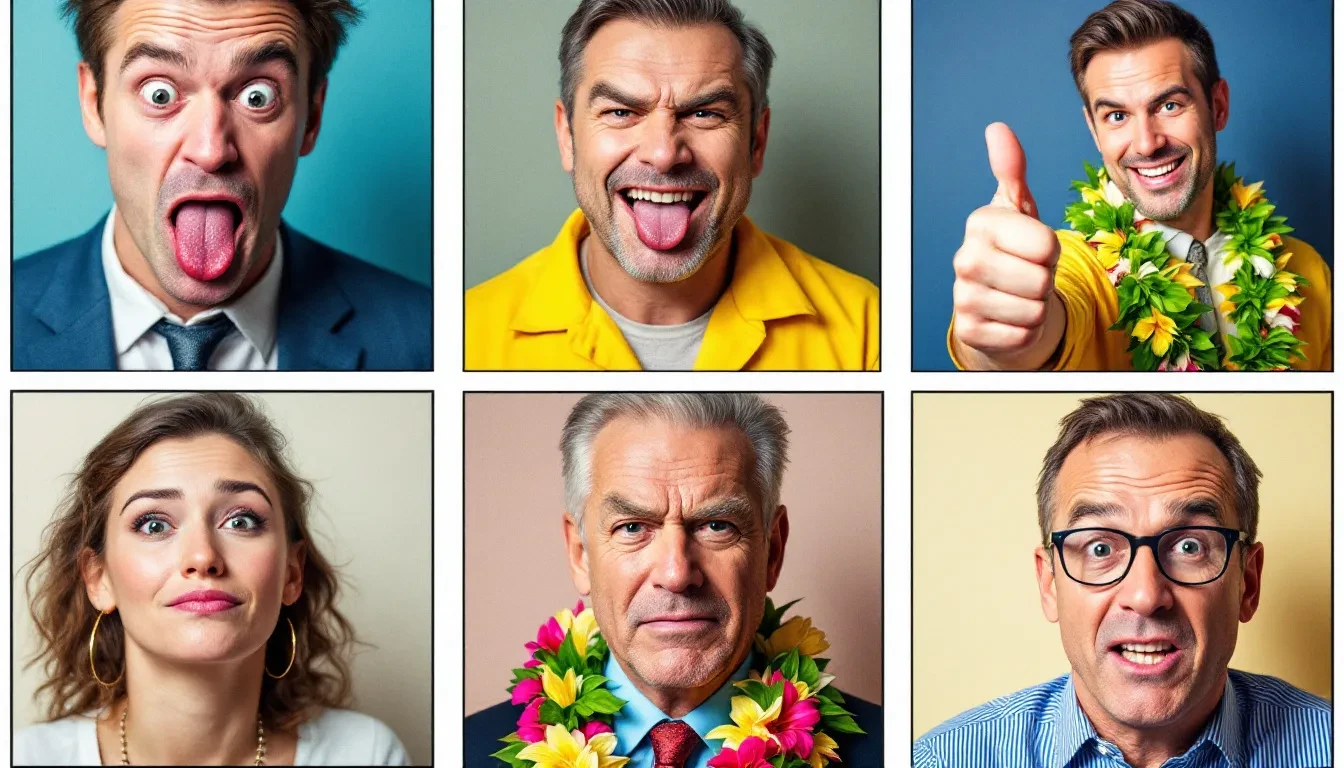
What does an acceptable passport photo look like? The key lies in clarity and adherence to guidelines. Your photo must be a clear image that accurately represents your skin tones without any shadows. For a U.S. passport photo, the size requirement is two inches by two inches.
Good lighting is crucial. The photo should be well-lit to accurately represent your skin tone, with no shadows on your face or background. Face the camera directly, showing a full view of your face with a neutral expression. Head coverings for religious purposes are allowed but must not obscure your face.
The background should be plain, untextured white or off-white. Following these guidelines ensures your photo is compliant, making the passport application process smoother. A compliant passport photo is essential for a successful application and a stress-free travel experience.
Special Considerations for Children
Taking passport photos for children comes with its own set of challenges and leniencies. For newborns and infants, there’s more flexibility, and a smile is allowed. Capturing a perfect neutral expression from a baby is understandably difficult, so a gentle smile is acceptable.
However, older children are expected to adhere to stricter guidelines. They must maintain a neutral facial expression or a gentle smile without showing teeth. This is important because as children grow, their facial features need to be clearly identifiable in their passport photos.
Ensuring that older children comply with these requirements is crucial for their passport photos to be accepted. Following these recommended practices helps avoid the hassle of resubmitting photos and ensures smoother travel experiences.
What to Do if Your Passport Photo Is Rejected
If your passport photo is rejected, don’t panic. You will need to submit a new photo that complies with all the guidelines. Follow the precise requirements to prevent further rejections. Blurry, pixelated, or low-resolution photos are common reasons for rejection and should be avoided.
Improper facial expressions, including smiling, are among the most common mistakes. Unfortunately, if your photo is rejected, you are responsible for the mailing expenses and do not receive a refund for the initial submission.
It’s crucial to get it right the first time to avoid additional costs and delays.
Tips for Taking a Compliant Passport Photo
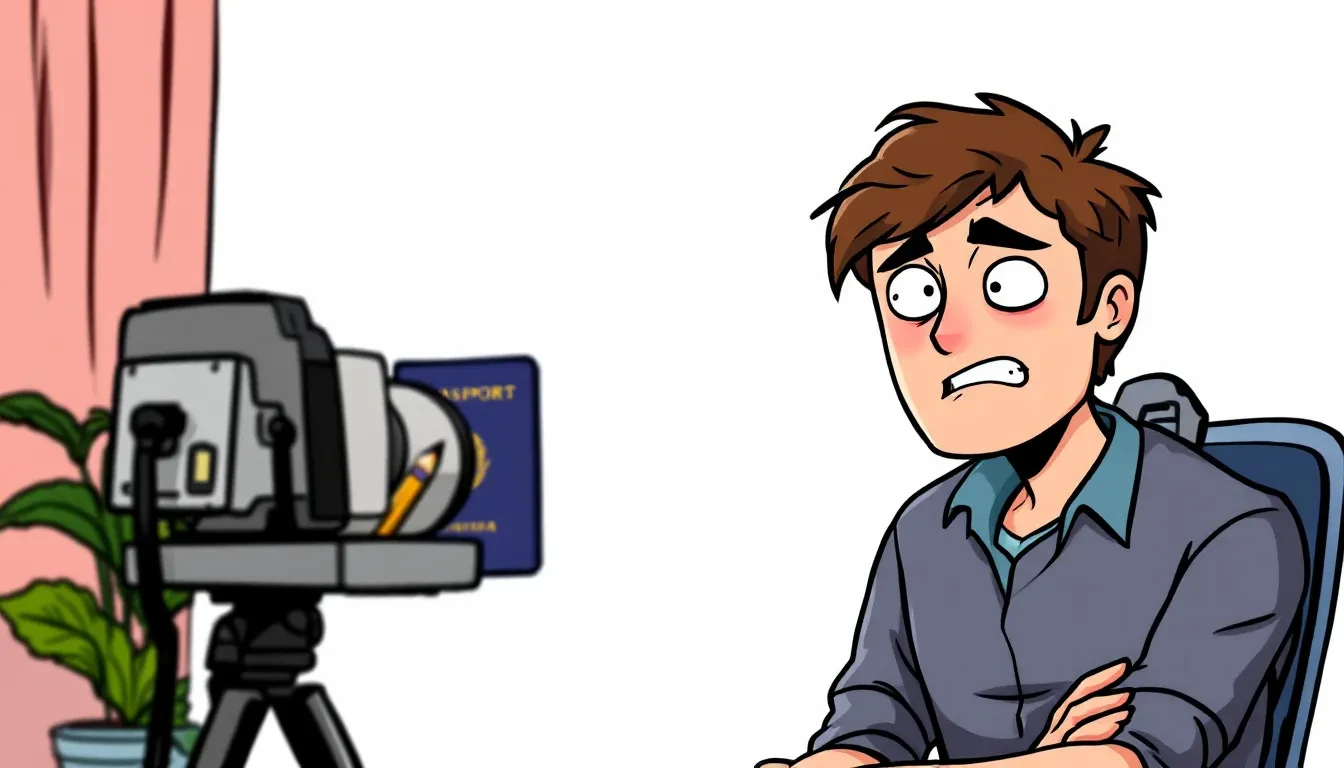
Taking a compliant passport photo requires attention to detail. Ensure the camera is at eye level to capture your facial proportions accurately. Position yourself about 1–2 meters from the camera for optimal framing. The background should be plain white or off-white, free from textures or patterns. Clear the area of distractions to keep the focus solely on you. Use soft, even lighting to avoid harsh shadows on your face or background. Avoid direct sunlight, as it can create uneven lighting and harsh shadows.
Ensure your photo is recent, in color, and matches your natural skin tones. Wearing clothing that contrasts with the background enhances your visibility in the photo.
For toddlers, using a plain white background helps ensure clarity in their photos. Following these tips will help you take a passport photo that meets all the requirements and avoids rejection.
Religious and Medical Exceptions
Exceptions exist for those who need to wear religious attire worn daily or medical masks in their passport photos. Individuals may wear head coverings if they can demonstrate that the attire is linked to a sincerely held religious belief, accompanied by a signed statement confirming the need for such attire.
For medical masks, applicants must submit a signed doctor’s statement explaining the necessity of wearing the mask. Providing the necessary documentation is crucial to ensure compliance with passport photo requirements.
These exceptions ensure everyone can have a compliant passport photo while respecting their religious and medical needs.
Global Standards for Passport Photos
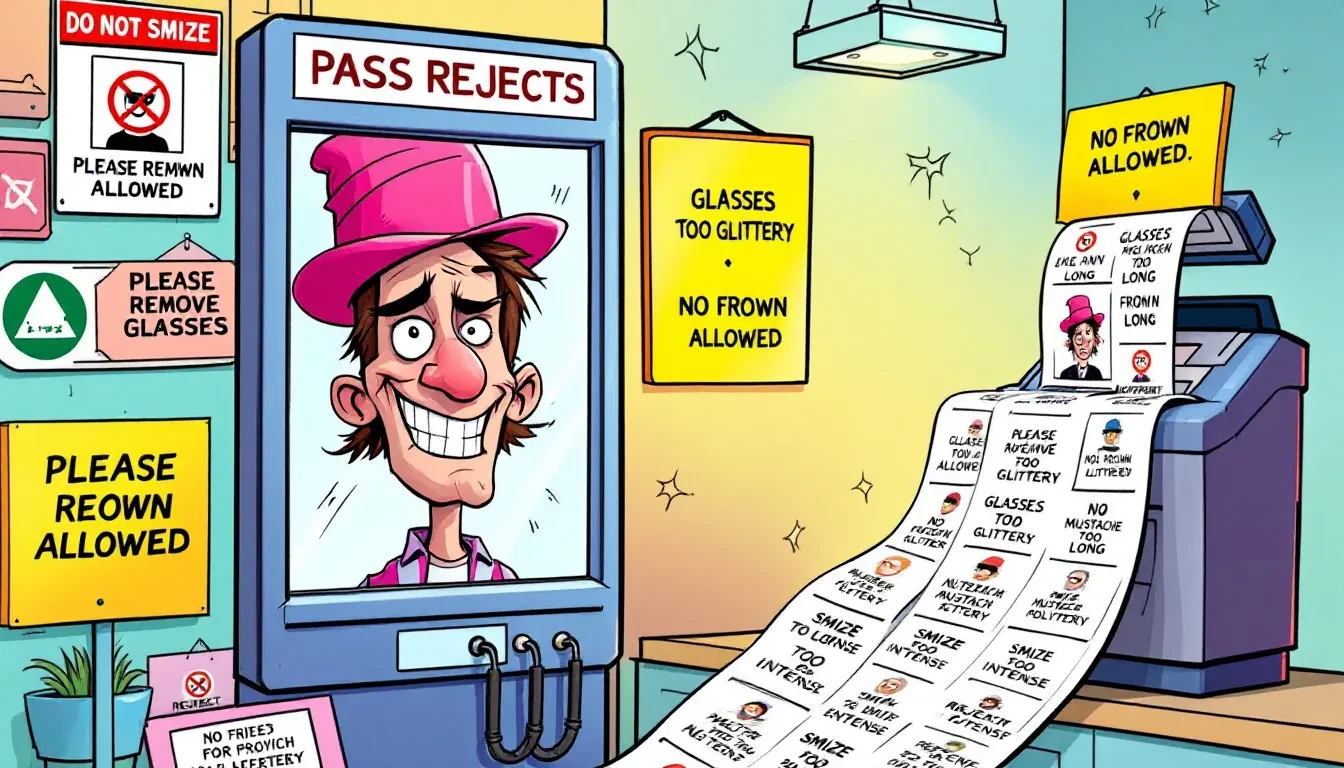
The International Civil Aviation Organization prescribes global standards for passport photos, including facial expressions. However, different countries may have varying definitions of what constitutes a neutral expression. Most countries require color photos and prohibit objects or other people in the images.
The majority of nations are moving towards a standardized photo size of 4.5cm x 3.5cm. Understanding these global standards helps ensure your passport photos meet the requirements wherever you travel.
Summary
To sum it up, while you can have a slight, closed-mouth smile in your passport photo, a neutral expression is generally the safest bet. This helps with facial recognition and ensures your photo is accepted without delays. Following the guidelines for lighting, background, and facial expressions is crucial to avoid the hassle of resubmitting photos.
Remember, these rules are in place to make sure your travel documents work smoothly and keep you identifiable and secure during your travels. So, take the extra time to get your passport photo right, and enjoy a stress-free journey.
Frequently Asked Questions
Why do passport photos get rejected?
Passport photos get rejected mainly due to not meeting specific requirements, like incorrect size, non-white backgrounds, or closed eyes. Make sure your photo is full-color with a neutral expression and no obstructions!
How do you smile on a passport photo?
To nail that passport photo smile, keep your mouth closed and just go for a slight, gentle smile. Make sure your eyes are open too, so you get the best shot without any hassle!
How should I photograph a toddler for a passport?
For a toddler's passport photo, make sure to use a plain white background and capture them with a neutral expression or a gentle smile, standing about 1–2 meters from the camera. Just keep it simple and you'll nail it!
Why is a neutral expression required in passport photos?
A neutral expression in passport photos is key for accurate identification, as it helps facial recognition systems measure your features consistently without any distortion. So, keep it chill and straightforward when taking that photo!